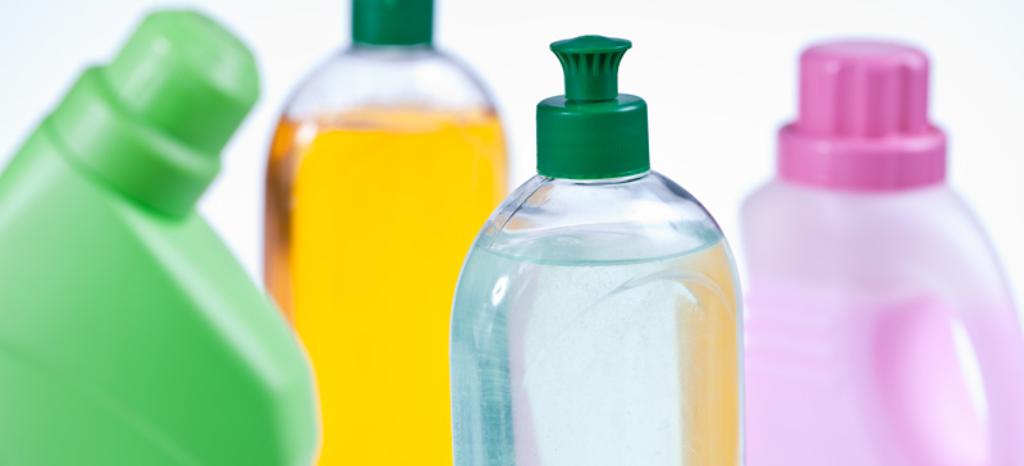Cleaning agents info by Chemical Man
Cleaning agents are substances (usually liquids, powders, sprays, or granules) used to remove dirt, including dust, stains, bad smells, and clutter on surfaces. Purposes of cleaning agents include health, beauty, removing offensive odor, and avoiding the spread of dirt and contaminants to oneself and others. Some cleaning agents can kill bacteria, e.g. on door handles, worktops and other metallic surfaces, and clean at the same time. Others, called degreasers, contain organic solvents to help dissolve oils and fats.
Acidic
Acidic cleaning agents are mainly used for removal of inorganic deposits like scaling. The active ingredients are normally strong mineral acids and chelants. Often, surfactants and corrosion inhibitors are added to the acid.
Hydrochloric acid is a common mineral acid typically used for concrete. Vinegar can also be used to clean hard surfaces and remove calcium deposits. Sulphuric acid is used in acidic drain cleaners to unblock clogged pipes by dissolving greases, proteins, and even carbohydrate-containing substances such as toilet tissue.
Alkaline
Alkaline cleaning agents contain strong bases like sodium hydroxide or potassium hydroxide. Bleach (pH 12) and ammonia (pH 11) are common alkaline cleaning agents. Often, dispersants, to prevent redeposition of dissolved dirt, and chelants, to attack rust, are added to the alkaline agent.
Alkaline cleaners can dissolve fats (including grease), oils, and protein-based substances.
Neutral
Neutral washing agents are pH-neutral and based on non-ionic surfactants that disperse different types
Degreaser
Cleaning agents specially made for removal of grease are called degreasers. These may be solvent-based or solvent-containing and metamorphic
Common cleaning agents
Water, the most common cleaning agent, which is a very powerful polar solvent
Soap or detergent
Ammonia
Calcium hypochlorite (powdered bleach)
Citric acid
Sodium hypochlorite (liquid bleach)
Sodium hydroxide (lye)
Acetic acid (vinegar)
Various forms of alcohol - like isopropyl alcohol or rubbing alcohol
Borax
Sodium bicarbonate (baking soda)
Tetrachloroethylene (dry cleaning)
Carbon dioxide
Chromic acid
Trisodium phosphate
Saltwater soap (a potassium based soap)
Sodium percarbonate
Sodium perborate
Acetone (can damage plastics)
Amyl nitrite and other nitrites
Xylene (can damage plastics)


Leave a comment